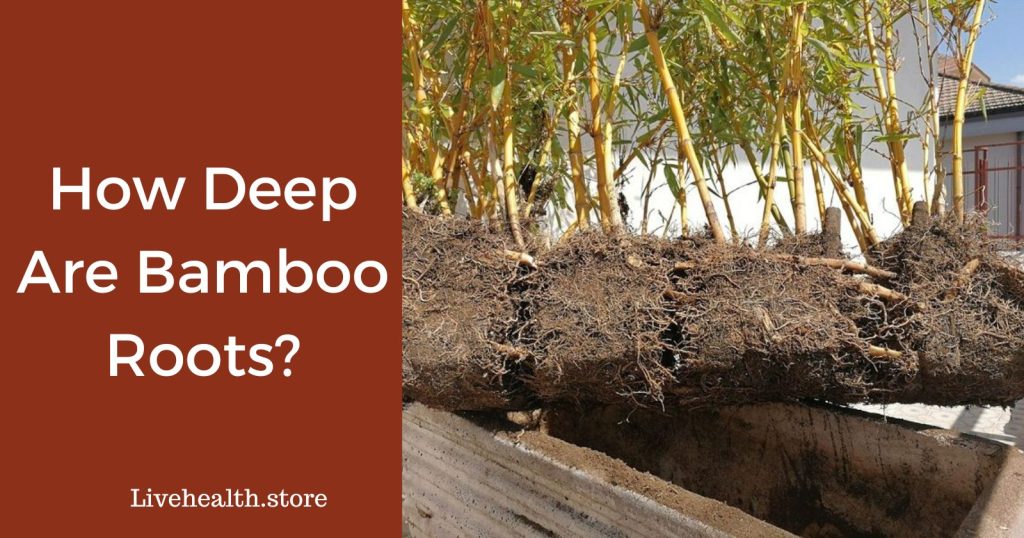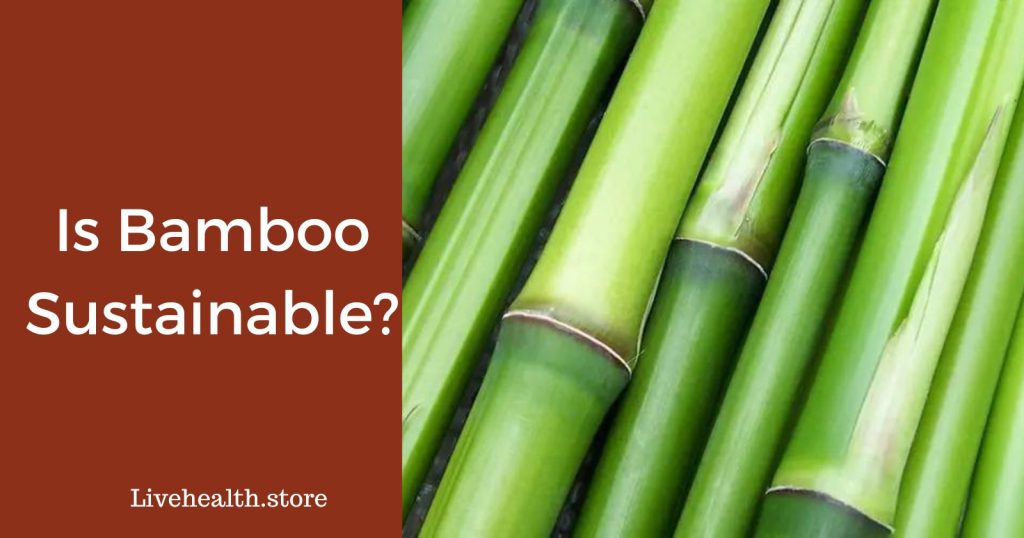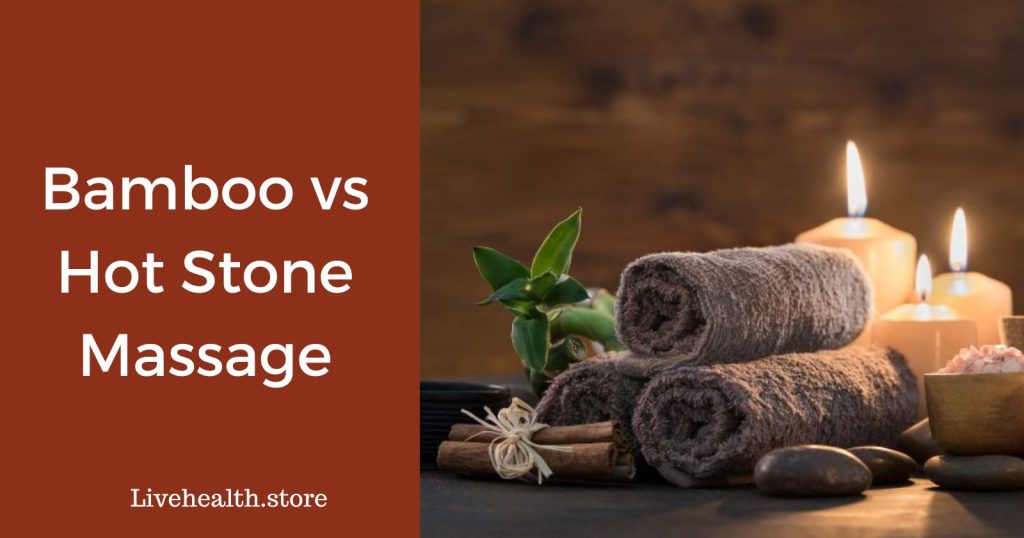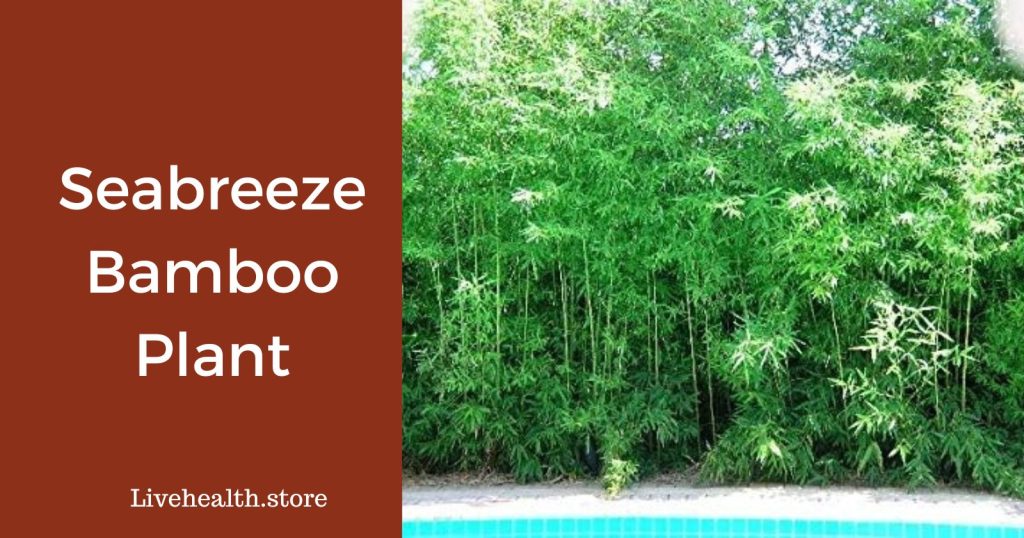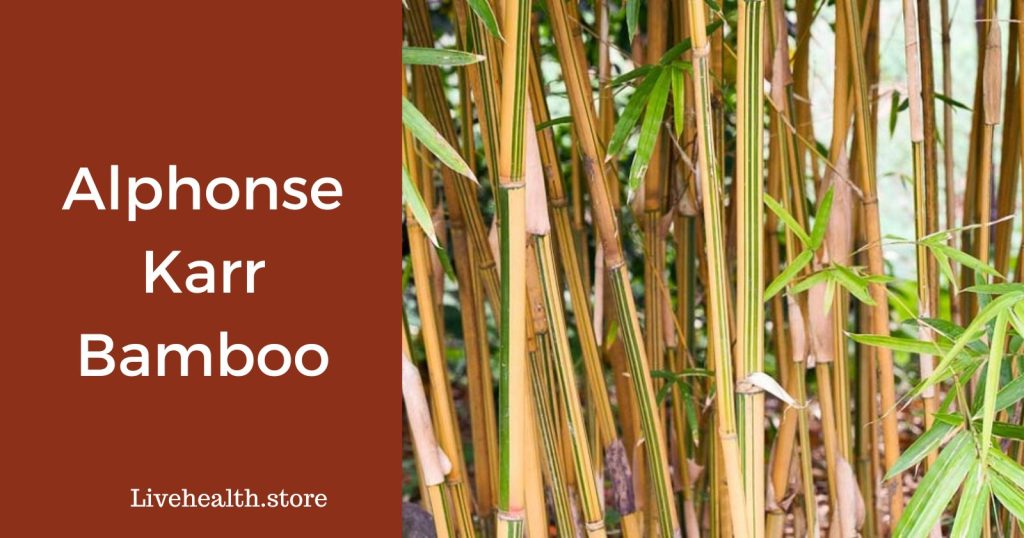Invasive vs. Useful: Knotweed and Bamboo Differences
You love your garden, but what happens when it starts to love you back a little too much?
We are talking about plants that grow faster than you can say "pruning shears."
Two such plants are Japanese knotweed and bamboo. They might look different, but they can both give you a headache.
Let's discuss the details.
| Height | ✅ (Up to 10 ft) | ✅ (Taller) |
| Leaf Shape | ❌ (Oval/Triangular) | ✅ (Grass-like) |
| Hollow Stems | ✅ | ✅ |
| Invasiveness | ❌ (Highly Invasive) | ⚠️ (Depends on type) |
| Environmental Impact | ❌ (Negative) | ⚠️ (Depends on type) |
| Ease of Control | ❌ (Difficult) | ✅ (Easier) |
| Spreads Through Rhizomes | ✅ | ✅ |
| Chemical Control | ❌ (Risky) | ⚠️ (Depends on type) |
| Physical Control | ❌ (Ineffective) | ✅ (Effective) |
Japanese Knotweed and bamboo may look alike, but they are not the same. Japanese Knotweed can be harmful and hard to control. Bamboo is usually easier to manage.
Whether you live in the UK, USA, or any other country, make sure to read the local laws about invasive plants
If you have Japanese Knotweed, you might need professional help to get rid of it. So know what you're dealing with before you plant.
Physical Characteristics
Japanese Knotweed is an herbaceous perennial. It can grow up to ten feet tall. The leaves are oval to triangular and have a smooth texture.
The stems are hollow and look a bit like bamboo. But they are not the same. In late summer, this plant has tiny white flowers.
Bamboo, on the other hand, is a type of grass. It can grow even taller than Japanese Knotweed. Bamboo has long, grass-like leaves.
The stems are also hollow but are usually thicker than those of Japanese Knotweed.
How do They Spread?
This plant spreads fast. It grows new shoots from its roots, called rhizomes. Even a small piece of root can grow into a new plant. This makes it hard to get rid of it. It can also spread through soil movement and even floodwaters.
Bamboo spreads through its root system too. But it's usually easier to control than Japanese Knotweed. Some types of bamboo can be invasive, but many are not.
Environmental Impact
Japanese Knotweed can be bad for the environment. It grows so fast that it can push out other plants. This is bad for animals that need those plants for food and shelter. It can even grow in streams and hurt fish habitats.
Bamboo is usually less harmful. It can provide food and shelter for animals. But you still need to be careful. Some types of bamboo can spread quickly and push out other plants.
How do you control them?
Getting rid of this plant is tough. You can cut it, but it will grow back. Some people use strong chemicals to kill it. But you have to be very careful. These chemicals can be dangerous.
Another way is to cover the plant with heavy plastic for several years. But even then, you have to keep checking to make sure it's gone.
Controlling bamboo is easier. You can cut it or dig it up. Some people also use barriers in the ground to keep it from spreading.
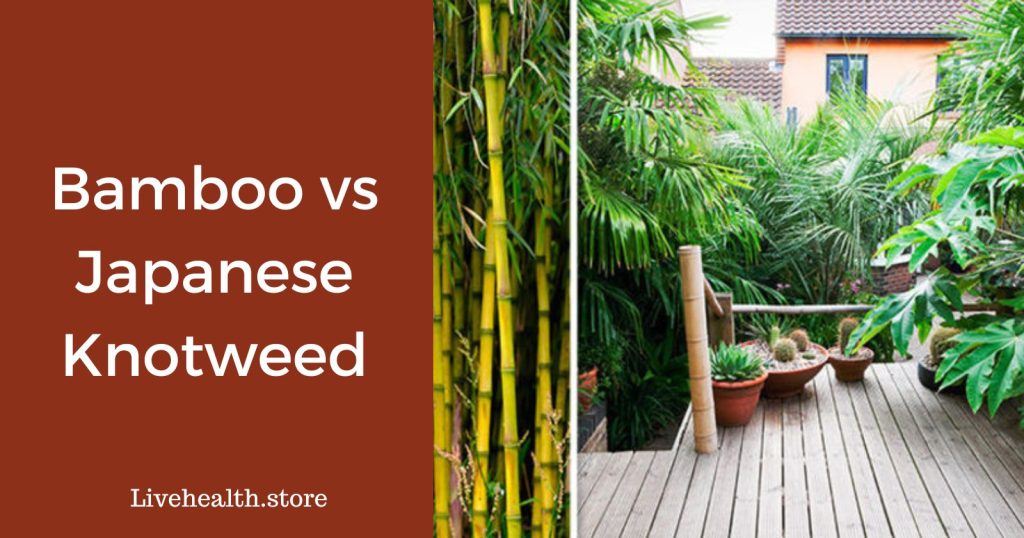
UK laws about Japanese Knotweed
- Landowners must prevent Japanese knotweed on their property from spreading into the wild; failure to do so can result in prosecution.
- Chemical treatment of knotweed must use approved herbicides, and the person applying them should hold a certificate of competence.
- Special permissions are required from Natural England and the Environment Agency if treating knotweed in protected areas or near water bodies.
- Before burying knotweed, you must notify the Environment Agency at least one month in advance and follow specific depth requirements.
- If burning knotweed, businesses must notify the Environment Agency and the local council's environmental health officer. Individuals should check local council guidelines.
- Contractors hired for knotweed treatment should have specific accreditations and memberships.
- Off-site disposal of knotweed must be at a landfill or incineration facility with the correct permit, using a registered waste carrier.
- Soil contaminated with Japanese knotweed cannot be sold as topsoil, and waste licensing exemptions do not apply to knotweed.
- When transferring knotweed waste, it must be covered or enclosed to prevent escape during transport.
- Vehicles used for transferring knotweed waste must be cleaned vigorously to ensure no plant or rhizome fragments remain.
USA guidelines
- In accordance with federal law, the U.S. Department of Agriculture (USDA) does not recommend any particular herbicide for controlling Japanese knotweed but instead suggests adhering to all label instructions.
- Herbicides containing glyphosate or triclopyr can be used on actively growing Japanese knotweed plants, but users must consult with a UAF Cooperative Extension Service office for more information.
- Early summer is the best time to cut or break knotweed stems, and late summer is when to apply herbicide to regrowing shoots.
- Stem injection is another approved method for controlling knotweed, especially for plants that are too tall to spray easily.
- Any weed management activity should include a plan to reintroduce native or desirable plants to help the area recover and resist future invasions.
- Monitoring of the treated site is advised for at least two years to ensure complete eradication of the knotweed.
- Repeated cutting can eliminate small stands of knotweed, but it takes many years and six or more cuts per season.
- Removing plant material from the site is not recommended unless it can be incinerated, buried deeper than five feet, or chopped into pieces smaller than 1/2 inch and composted.
- Smothering the plants with heavy plastic or other material is another strategy, but the cover must be weighted and kept in place for 3–5 years.
- Due to its invasive characteristics, many states prohibit the use of Japanese knotweed in landscaping, and state and federal agencies are working to control its spread, especially in riparian areas.
Source: US Forest Service and UK government
Hi there, I’m Sam Billings, and I’m all about sustainability. Running a printing business is my thing, but my real passion is preserving nature. That’s why I run the Live Health blog, where I focus on Bamboo plants and their eco-friendly goodness.

